The importance of graphic design cannot be overstated in today’s visually driven world. Graphic design is a wide-ranging profession that has an important effect on our visual culture. It is the creative process of integrating typeface, imagery, and other elements to transmit messages effectively. Graphic design covers mediums and applications, from logos and packaging to websites and commercials. This article will go into detail on the importance of graphic design, covering its history, principles, tools, and impact on numerous industries.
Historical Evolution of Importance of Graphic Design
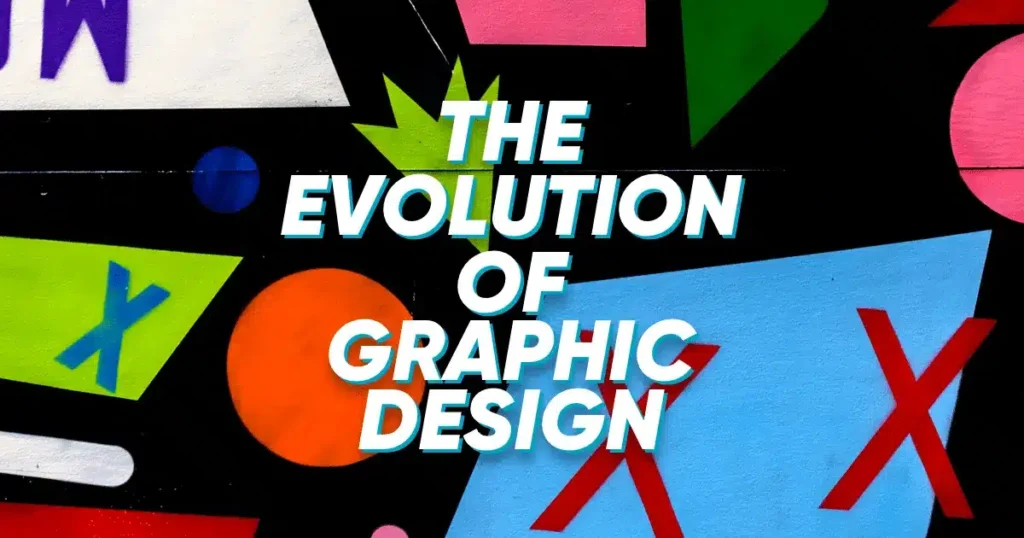
Graphic design has a long history extending back to when people first began communicating through visual symbols. The history of writing systems and printing technology had a significant impact on the evolution of graphic design.
Graphic design transformed and developed with technological breakthroughs, from the illuminated works of the Middle Ages to the revolutionary inventions of the printing press and photography. The rise of major design movements such as Bauhaus, Art Deco, and Swiss Design in the twentieth century set the groundwork for modern graphic design methods.
Principles and Elements of Graphic Design
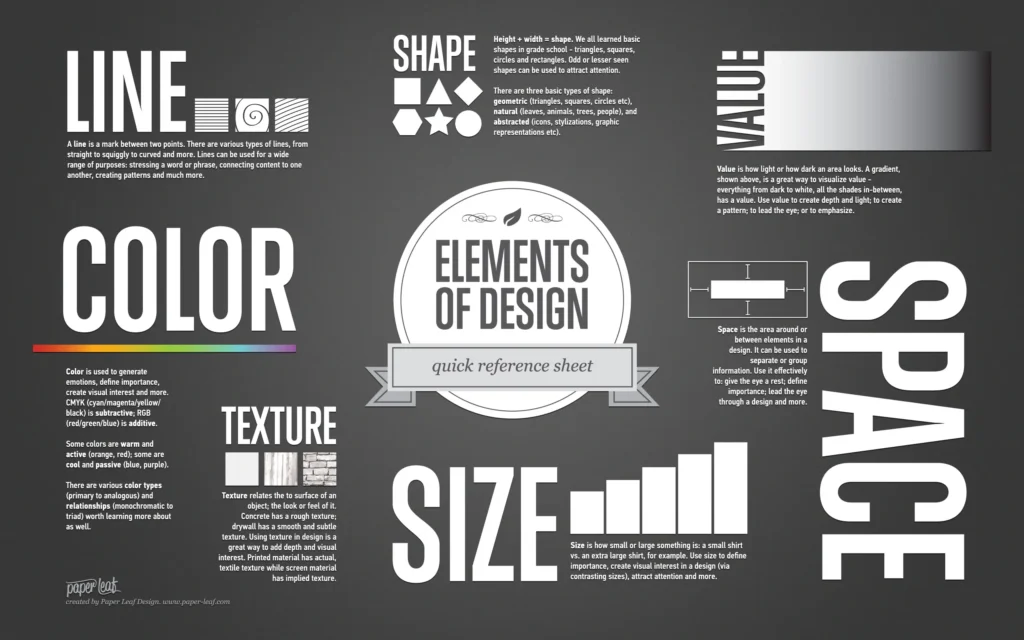
Graphic designers use a set of ideas and materials to create attractive visual compositions. Balance, structure, contrast, closeness, repetition, and alignment are among the concepts that influence the layout of components on a page. The elements, on the other hand, include font, color, images, shape, space, and texture. Each element contributes to a design’s overall visual impact and message. Understanding and effectively using these ideas and elements is critical for good graphic design.
Tools and Techniques of Graphic Design
Graphic designers have an extensive range of tools and approaches at their disposal in the digital age. Adobe Creative Suite (which includes Photoshop, Illustrator, and InDesign) has transformed the field, allowing designers to create and change visuals with more precision and efficiency.
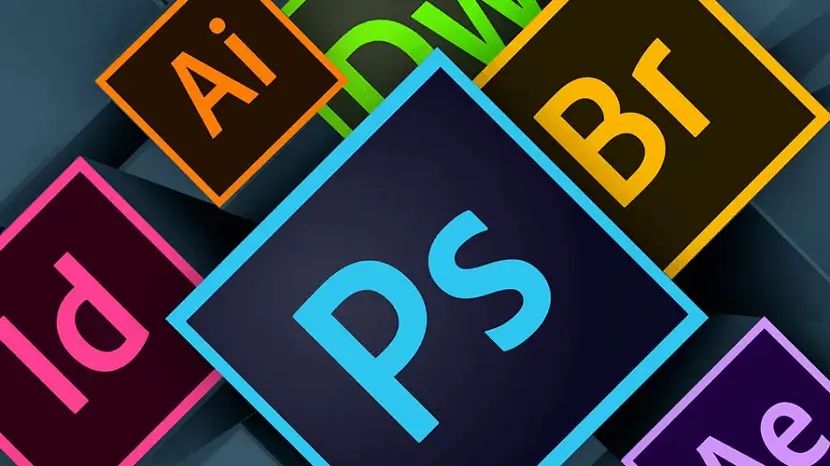
These applications support picture editing, vector graphics, layout design, and typography. Furthermore, advances in web design have resulted in the development of tools like Sketch and Figma that are directly designed for building digital user interfaces.
Applications of Graphic Design
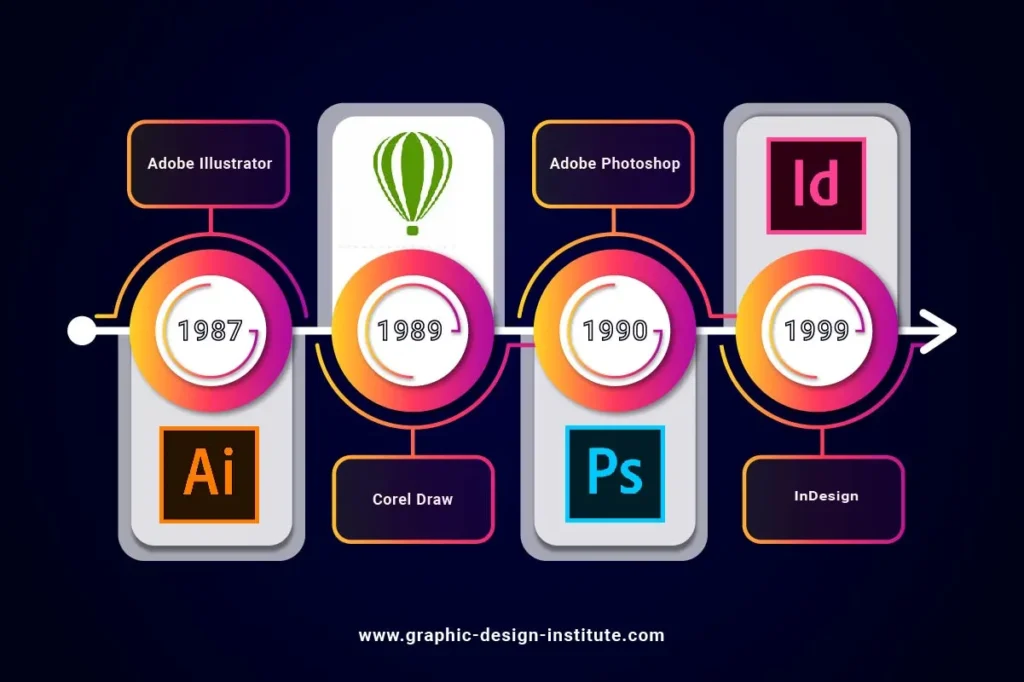
Graphic design is used in a variety of industries. It is critical in marketing and advertising to produce attractive campaigns that resonate with target consumers. The importance of graphic design is in establishing a company’s visual identity, from its logo and packaging to its website and marketing materials, in the field of branding.
Graphic design contributes to the creation of simple and visually appealing displays for software and applications in the field of user experience (UX) design. Its influence also extends to sectors such as publication design, environmental design, motion graphics, and others.
Impact of Graphic Design on Society
Graphic design has a profound impact on society, shaping our perception, behavior, and interaction with the world around us. It has the power to evoke emotions, convey information, and influence our decision-making.
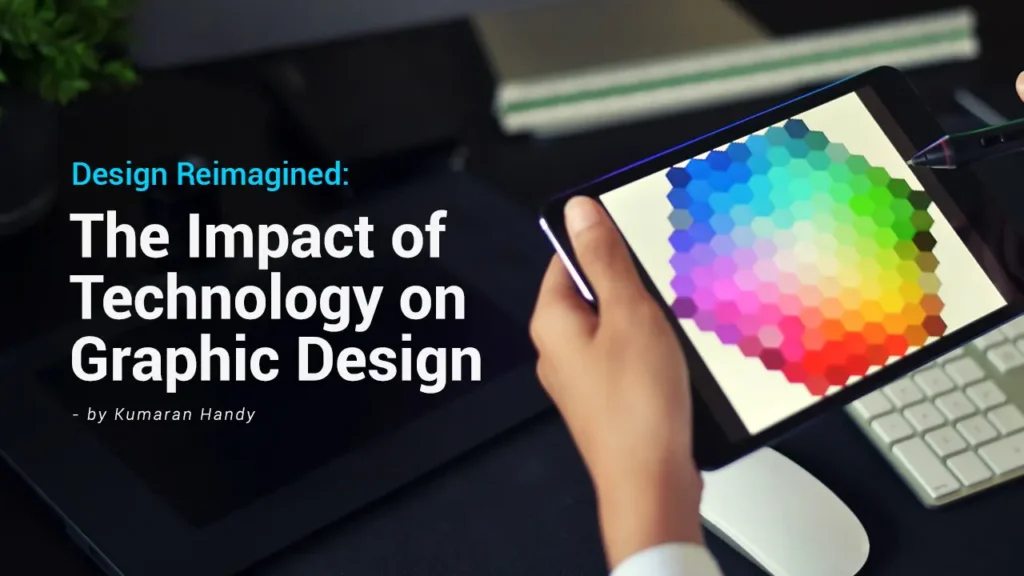
Effective graphic design can inspire positive change, raise awareness of social issues, and facilitate effective communication. Furthermore, it plays a critical role in accessibility by ensuring that information is presented clearly and inclusively.
Key Elements of Graphic Design
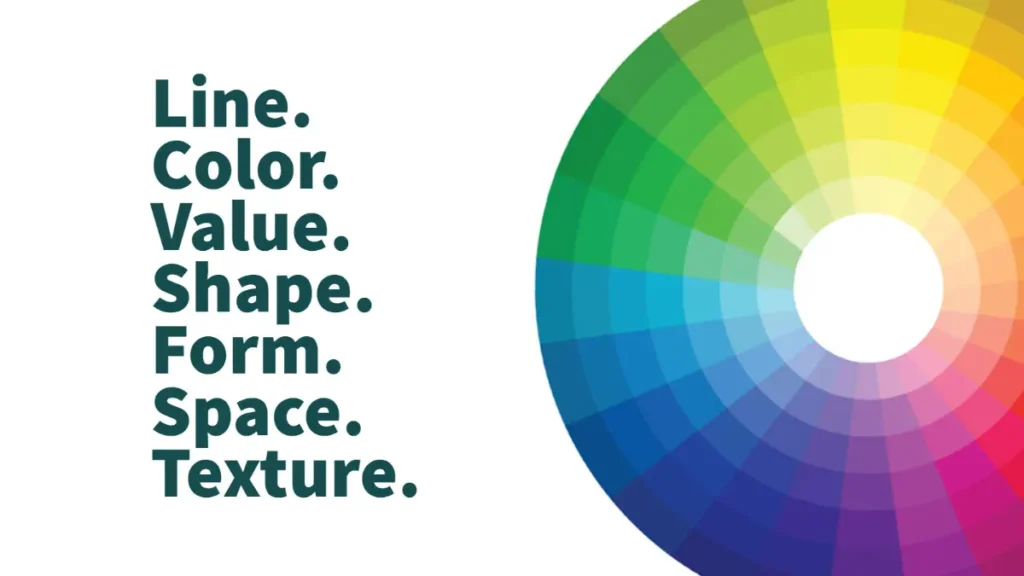
Graphic design is based on a collection of key characteristics that function in concert to produce attractive and successful designs. These elements include font, color, images, shape, space, and texture, among other things. Understanding and properly using these elements is essential for creating interesting and impactful designs. Let’s take a closer look at each of these essential elements:
Typography: Typography is the art of using types to convey written information. It entails choosing the right fonts, sizes, spacing, and formatting to improve readability and express the intended information. Because different fonts may generate different emotions and express distinct tones, typography is essential in establishing the overall tone and style of a design.
Color: Color has an important influence on how we view and react to designs; it may induce emotions, create a visual structure, and establish brand identity. Graphic designers must understand color theory, which includes concepts such as color harmony, contrast, and the psychological impact of different colors. Skillful use of color can enhance the visual impact of a design and strengthen its intended message.
Imagery: Images and illustrations are effective graphic design tools. They can express certain messages, create emotions, and improve a design’s overall look. Graphic designers must carefully pick and change pictures to ensure they are appropriate for the design’s purpose and intended audience. To get the intended aesthetic, they may also use techniques such as cropping, resizing, and applying filters.
Shape: Shapes, both geometric and organic, are essential in graphic design. They can be used to construct a visual organization, define visual aspects, and create structure.
Space: The region around and between design elements is referred to as space, sometimes known as negative or white space. It is a significant aspect that adds to visual clarity and structure. A design’s skillful use of space helps to produce a feeling of balance, structure, and overall graphic flow. It allows important elements to stand out while keeping the design from becoming overloaded or overbearing.
Texture: The graphical or natural characteristic of a surface or object is called texture. Texture in graphic design can be actual or synthetic in nature. It gives a design depth, a pleasing appearance, and a sense of tactility. Texture can be added using a variety of materials, such as patterns, gradients, or actual physical materials.
Principles of Graphic Design
Graphic design principles provide standards and principles that assist graphic designers in creating aesthetically beautiful and effective designs. These principles help in the creation of visual structure, balance, harmony, and overall design consistency. Let’s look at the fundamentals of graphic design:
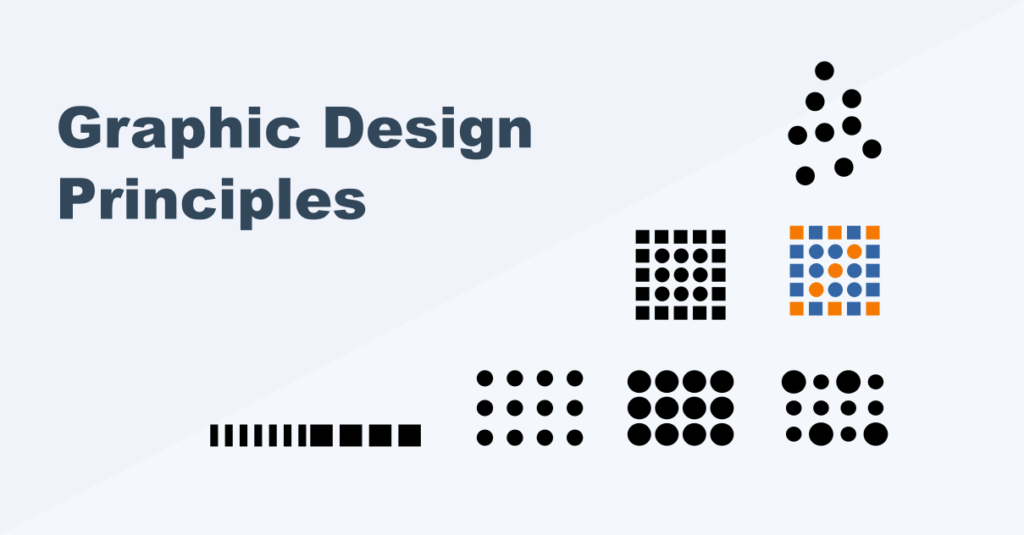
Balance: Balance can be symmetrical or asymmetrical. Symmetrical balance is the equal distribution of items on both sides of a single point, which creates a sense of stability and formality. Asymmetrical balancing includes the intentional positioning of various visual elements to achieve balance and draw attention.
Contrast: The combination of several elements to create attractiveness and attention is what contrast is all about. It can be performed through color, size, form, texture, or typography variations.
Alignment: Alignment refers to the positioning and arrangement of pieces in a design. Consistent alignment creates a sense of order, balance, and consistency.
Proximity: Proximity, often known as grouping, is the practice of grouping related items to generate aesthetic organizations. When elements in a design are grouped based on similarities or connections, it helps to generate organization, clarity, and unity.
White Space: White space, also known as negative space, is a design’s empty or unused space. It provides breathing room between elements and enhances clarity and legibility. White space helps create focus, balance, and a sense of elegance in a design.
Types of Graphic Design
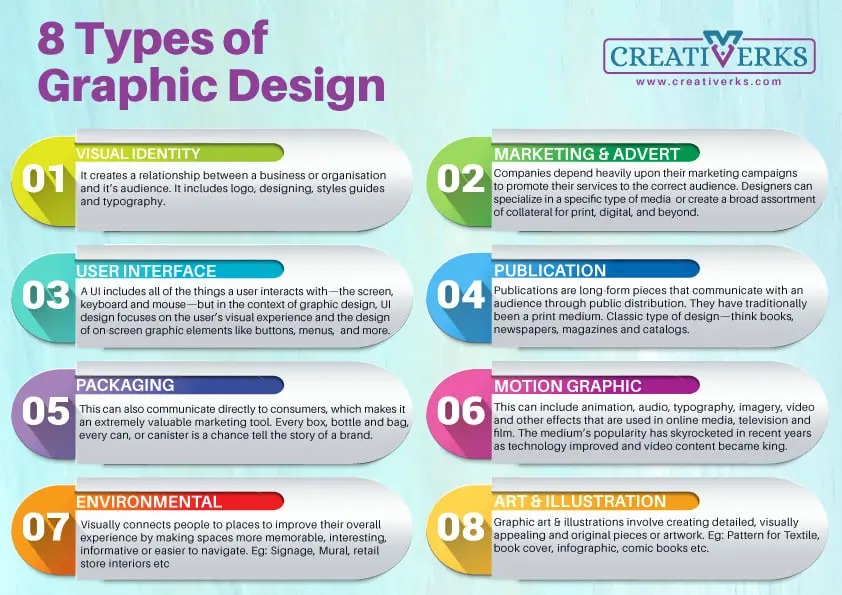
Branding and Identity Design: Branding and identity design are concerned with developing a distinct visual identity for a business or corporation. It includes creating logos, typography, color schemes, and other visual aspects that represent the brand’s values.
Print Design: Print design involves creating designs for physical printed materials. It includes designing items such as brochures, flyers, posters, magazines, newspapers, banners, and packaging.
Web and Digital Design: Web and digital design focuses on creating designs for websites, mobile applications, and other digital platforms. Web designers consider user experience (UX) and user interface (UI) principles to create intuitive and visually engaging interfaces.
User Experience (UX) Design: The goal of UX design is to improve the user experience of digital products and services. UX designers take on user research, produce wireframes and prototypes, and optimize the website and application usability and functionality.
Motion Graphics Design: Creating animated visuals and graphics for movies, films, television, and digital media is what motion graphics design entails. Motion graphics designers use typography, photography, and visual effects to convey information, tell stories, and create visually compelling experiences.
Packaging Design: Packaging design focuses on developing appealing and functional packaging for products. Packaging designers take into account elements such as branding, product protection, usability, and shelf desirability.
Environmental Design: Environmental design involves creating visual elements for physical spaces, such as retail stores, exhibitions, museums, and public spaces.
Illustration and Graphic Art: Illustration and graphic art are both concerned with the creation of visual artworks, illustrations, and graphics for a variety of reasons. Illustrators use their artistic abilities to express ideas, concepts, stories, or storylines graphically.
Exciting Career Opportunities in Graphic Design
Graphic design offers a wide range of exciting and fulfilling career opportunities for individuals with a passion for creativity and visual communication. As businesses increasingly recognize the importance of design in their branding and marketing efforts, the demand for skilled graphic designers continues to grow.

Graphic designer: Graphic designers are essential in the creation of graphic layouts for a variety of industries, including advertising, marketing, and publishing. They use their artistic abilities and understanding of design concepts to create attractive logos, brochures, website layouts, product packaging, and other materials.
Art Director: Art directors take on a leadership role in the creative process, overseeing the visual design of projects across industries such as advertising, publishing, and film.
Web Designer: Web designers specialize in creating visually appealing and user-friendly websites. They collaborate with web developers, graphic designers, and content creators to design layouts, navigation systems, and interactive elements that enhance the user experience.
User Experience (UX) Designer: UX designers focus on enhancing the user experience of digital products and services. They conduct user research, create wireframes and prototypes, and optimize the usability and functionality of websites and applications.
Brand Identity Designer: Brand identity designers specialize in creating visual identities for brands. They develop logos, color schemes, typography, and other visual elements that represent a brand’s personality and values.
Packaging Designer: Packaging designers create attractive and functional designs for product packaging. They consider factors such as branding, product protection, and shelf appeal.
Motion Graphics Designer: Motion graphics designers specialize in creating animated visual content for videos, films, television, and digital media.
Illustrator: Illustrators create visual artwork and illustrations for various purposes. They may work on projects like children’s books, editorial illustrations, advertising campaigns, or digital media.
Print Production Specialist: Print production specialists work closely with printers, ensuring that final outputs meet quality standards and client requirements.
Conclusion
The importance of Graphic design is for effective communication, brand identity, visual appeal, user experience, marketing, information visualization, cultural influence, and establishing professionalism. Its impact spans various industries and sectors, making it a crucial discipline for businesses, organizations, and individuals looking to create a lasting impression and effectively engage their target audience. Graphic design enhances the photography post-processing and allows photographers to bring their artistic vision to life.
Graphic design plays an important role in developing aesthetically appealing and interesting material for social media sites such as Facebook, where captivating graphics and designs are key for attracting users’ attention and interest.


